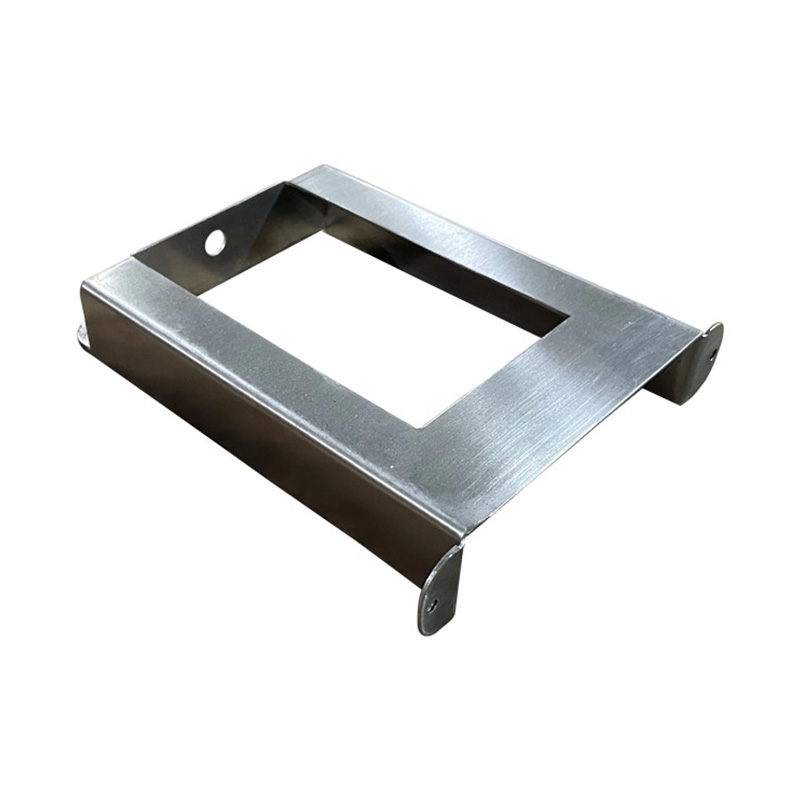
Ever wonder why two shops using similar CNC machines deliver wildly different results? The secret lies in integrated process control. True CNC sheet metal fabrication capabilities extend beyond cutting accuracy to include:
For example, our team found in a 2025 aerospace project that implementing AI-driven tool wear monitoring reduced dimensional drift by 37%. That’s game-changing precision!
Modern CNC metal fabrication services now incorporate adaptive forming. Unlike traditional methods, sensors adjust pressure dynamically during bending. This prevents springback issues – a $2.3 billion annual industry headache according to Fabricators Quarterly.
| Feature | Traditional Forming | Adaptive CNC Forming |
|---|---|---|
| Accuracy | ±0.5° | ±0.1° |
| Material Waste | 8-12% | 2-4% |
| Setup Time | 45-60 min | 8-12 min |
Lasers get the glory, but precision sheet metal cutting often starts with smarter choices. Consider these alternatives:
Interestingly, combining techniques often yields the best results. A client saved 22% on electrical enclosure production using this hybrid approach.
Poor nesting wastes more material than most realize – up to 30%! Advanced CNC sheet metal fabrication capabilities use AI nesting software that:
Pro tip: Always request nesting reports. They reveal true material utilization rates.
Counterintuitively, spending 15% more on fixturing often reduces total cost by 40% through fewer rejects.
Don’t let secondary operations ruin precision work. The best sheet metal fabrication process integrates:
For instance, automated finishing systems can handle 300+ parts/hour with consistent quality – impossible manually.
Chasing unrealistically tight tolerances increases costs exponentially. Specify ±0.005″ only where absolutely necessary. Most applications perform perfectly at ±0.015″.